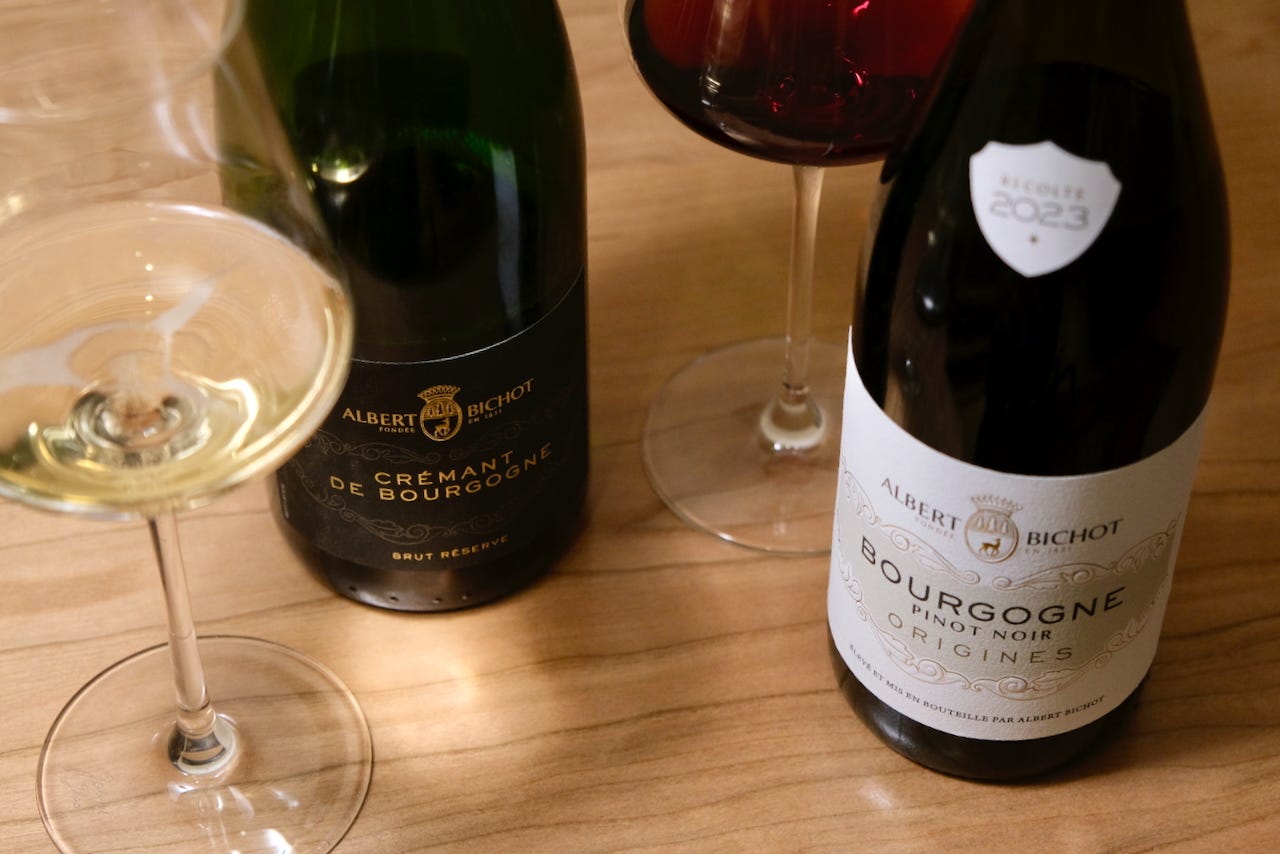Notable: Early November 2025
A handful of wines for Thanksgiving, and time as affordable luxury
Welcome back to Notable, where twice a month I highlight the best, or at least most interesting, wines from recent tasting.
I’ve been working through a raft of older Napa Cabernets—nothing extreme (not like this lineup)—just eight- or nine-year-old wines made by reputable producers. On release they’re boisterous, like puppies who have yet to earn manners, but a touch of age shows glimmers of personality, of charm. Or should. I thought I’d find a few easy wins to roll into this Notable, but I’m discovering the experience demands a longer post for another day.
So instead I’ve gathered a handful of wines that feel timely given the need to provision our racks for the Thanksgiving feast. There’s an American wine, a trio from the French (they did help us win independence, after all), and a humble Chilean Cab that shows us how, with wine, at least, time is on our side.
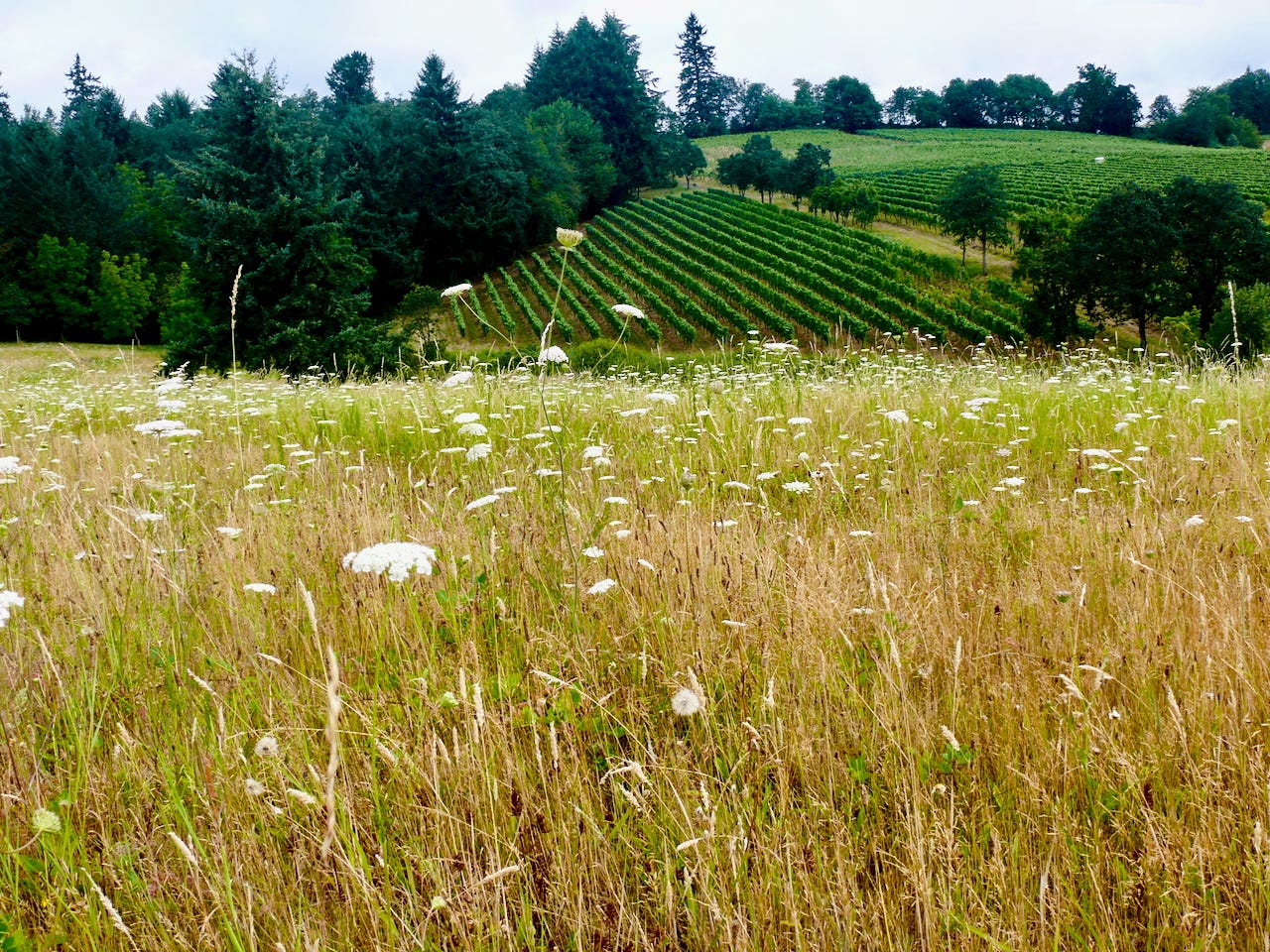
Oregon Pinot for an American holiday
My household drinks a lot of Pinot noir. Not fancy stuff, mostly Bourgogne rouge or Burgundian villages and neighborhoods,1 plus wines from Germany and Austria and the American West. Oregon Pinot is in regular rotation. I admire the wines for their freshness and spirit, and have enjoyed watching the second generation take over from their pioneering parents, the ones who kicked things off in the mid-sixties and early seventies—Eyrie, Bethel Heights, Sokol Blosser, Adelsheim, Ponzi. Producers are now leaning even further into regenerative viticultural practices and land stewardship.
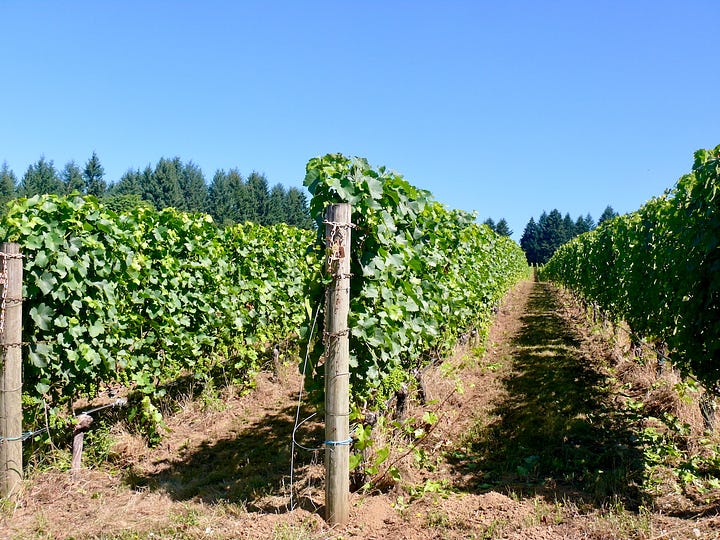

Ken Wright Cellars Pinot Noir Willamette Valley 2024
Ken Wright has been farming wine in Carlton for nearly fifty years, making vineyard-designates from thirteen sites in the Willamette Valley, including the sub-AVAs of Yamhill-Carlton, Ribbon Ridge, Eola-Amity Hills, and Dundee Hills. Farming is certified organic and the sites are vinified separately in small, open-top fermenters, then released as individual expressions. The Willamette Valley AVA bottling blends grapes grown in the northern part of the appellation. It delivers plummy fruit, a peppery kick, and bracing acidity. It’s a cleansing, shiny wine, equally at home with fish, pork, poultry, vegetables, with hints of spice that readily tie it to certain seasonings: ginger, clove, cinnamon, chili, soy.
13.8% ABV | $28
Modest investment, solid return
A colleague recently asked what wine I’d serve with a special holiday meal if price were no object. Lovely thought, but I’m a writer. Price is always an object. Fortunately, even some affordable wines earn specialness through cellar aging, delivering nuances that are otherwise bought with cash. Côtes du Rhône red is one example, ditto nonvintage traditional method sparkling wine. Here’s another, one that surprised me, actually, cellared since 2021 and originally just $16.
De Martino Estate Cabernet Sauvignon Maipo Valley 2020
De Martino, founded in Chile’s Maipo Valley in 1934, is today a significant organic producer working with estate fruit and a vast network of other vineyard sources. Just five years post-harvest, this Cab has earned tea-like flavors that complement its crunchy red fruit and leafy aromatics. It’s light-textured, with a silky mid-section and a touch of minty levity at the finish. I’d like to try aging their estate Carménère.
14% ABV | $16 (sample); imported by Broadbent Selections
A French trio: bulles, blanc, rouge
Albert Bichot, with headquarters in Beaune, traces its Burgundian heritage to 1350, when the family arrived to settle in Châteauneuf-en-Auxois. They entered the wine trade in 1831, operating at first exclusively as a négociant, but soon began buying estates and sites throughout the region. Albéric Bichot, the 6th generation, currently heads the company and has overseen conversion of all estates to organic practices. They own six châteaux, from Chablis through Beaujolais, each with its own production facility, as well as plots in many top Côte d’Or neighborhoods. They still operate as a négociant but buy only grapes, not finished wine, to ensure control and oversight.

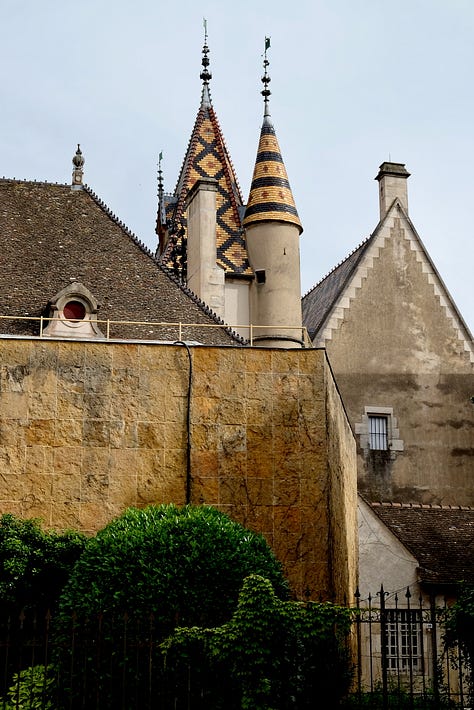
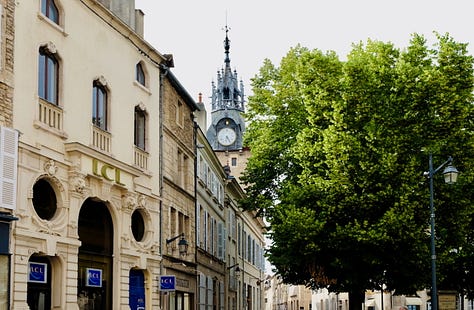
Bichot produces more than two million bottles each year, a fact that may make one wonder about quality, but their reputation is strong, especially for white wines. I’ve yet to taste the top cuvées from their most prestigious sites (visit their “site Web” and click Wines; just look at that lineup), but I’ve found their entry-level offerings to be solid performers. Below is a trio that would work well for Thanksgiving: pleasing, food-friendly, lower alcohol, affordable. A bottle of each will set you back less than $75.
Albert Bichot Crémant de Bourgogne Brut Réserve NV
A 60/40 blend of Chardonnay and Pinot noir grown up and down the district, specifically in the Châtillonnais, Côte Chalonnaise, and Mâconnais. The blend includes 15 percent reserve wine and the bottles age for 18 to 20 months before disgorgement; the dosage is 7 g/L. It’s a soft gold color with a quiet, pearly bead. The aromas are honeyed, nutty, suggesting beeswax and lemon; I wrote “candlelit autumn fruits,” more evocation than flavor. The texture is spirited, carrying flavors of citrus and salt, and the wine exits in a flourish of juicy lime. Curiously complex for such a modest wine, offering an experiential arc from burnished through bright.
12.5% ABV | About $23
Albert Bichot Domaine Long-Depaquit Chablis 2023
Long-Depaquit is one of Bichot’s five owned château, farmed, as they all are, exclusively with organic practices. This Chablis AOP is produced from a number of different plots, the grapes vinified cold in stainless steel and aged on fine lees for nine or ten months before bottling. It’s gold with green glints (as Chablis should be) with a cooling fragrance of grapefruit peel and pith and something stony, like wet clay. It’s texturally satisfying, think whole milk not cream or skim, with scintillant acidity that lifts the finish.
12.5% ABV | About $30
Albert Bichot Origines Bourgogne Rouge 2023
Fruit for the Origines bottling likewise comes from various plots throughout the appellation, all on calcareous clay. It’s fermented in steel, then 80 percent ages in steel and the remainder in oak barrel for about a year. It’s not fleshy wine (even though their tech sheet says so), but a sinewy one, which actually feels correct for Bourgogne AOP. It’s limpid ruby with a stony cherry, lightly earthy fragrance. It has a light texture and youthful tannins, with flavors heading toward bitter cherry, fennel, and mint. This wine profits from a bit of air, so swirl it into a decanter (or large mason jar, whatever you’ve got) for a half an hour before serving. It will reward you with charming refreshment.
13% ABV | About $20
All wines are imported by Albert Bichot USA.
All photos ©2025 Meg Maker. Some wines (indicated) were samples for review.
Hauts-Côtes de Beaune, Hauts-Côtes de Nuits, Côtes Challonaise, Fixin, Mercurey, Rully, et cetera.





